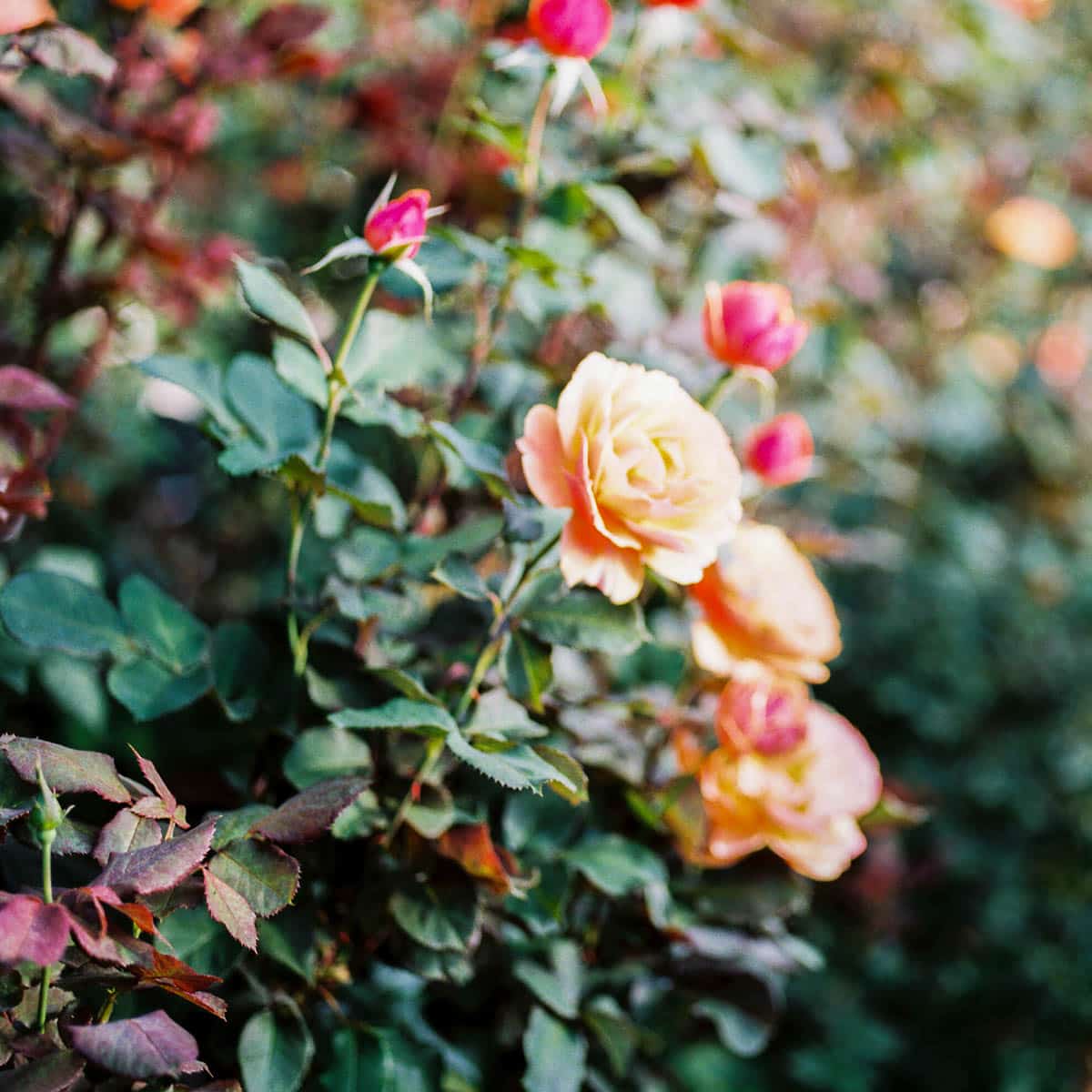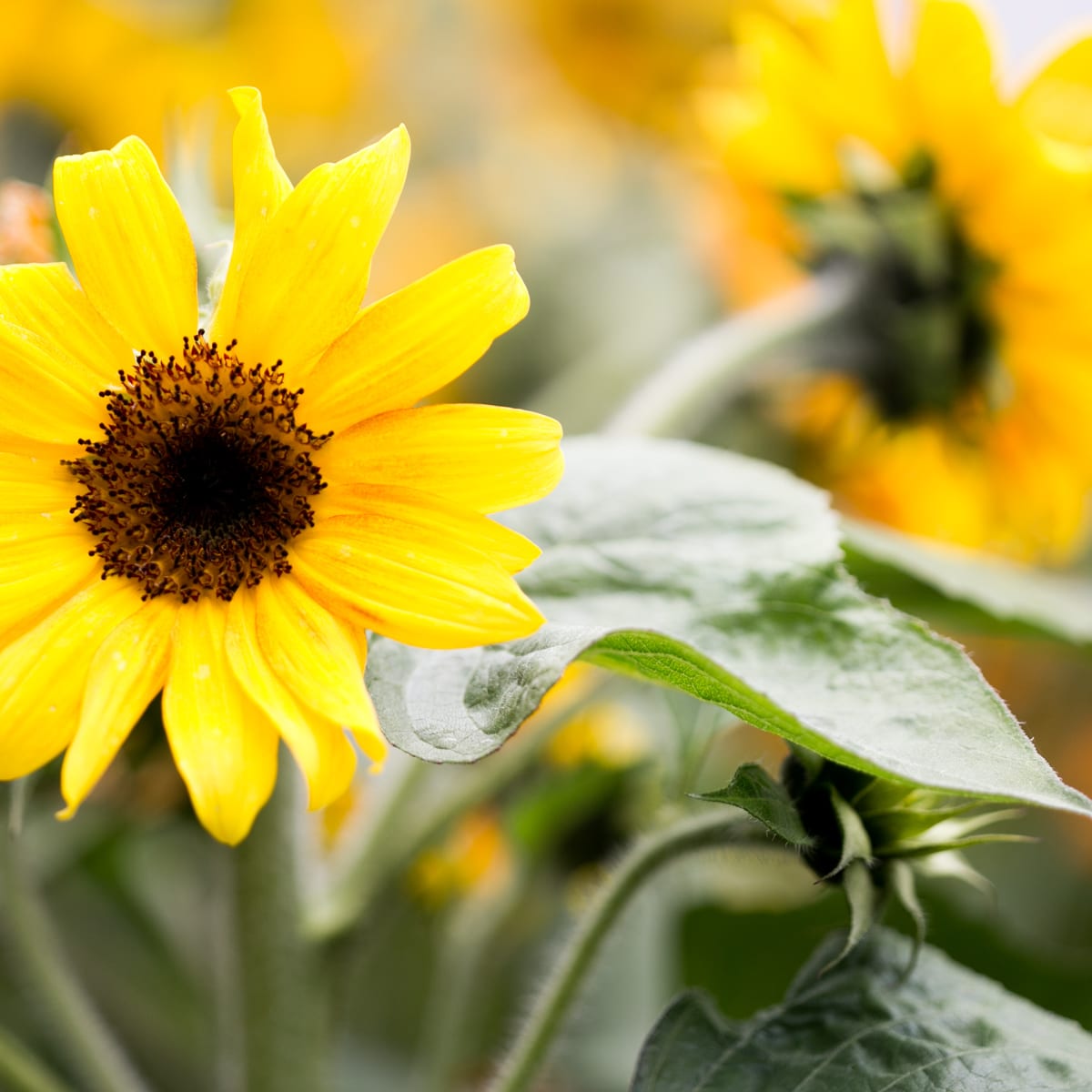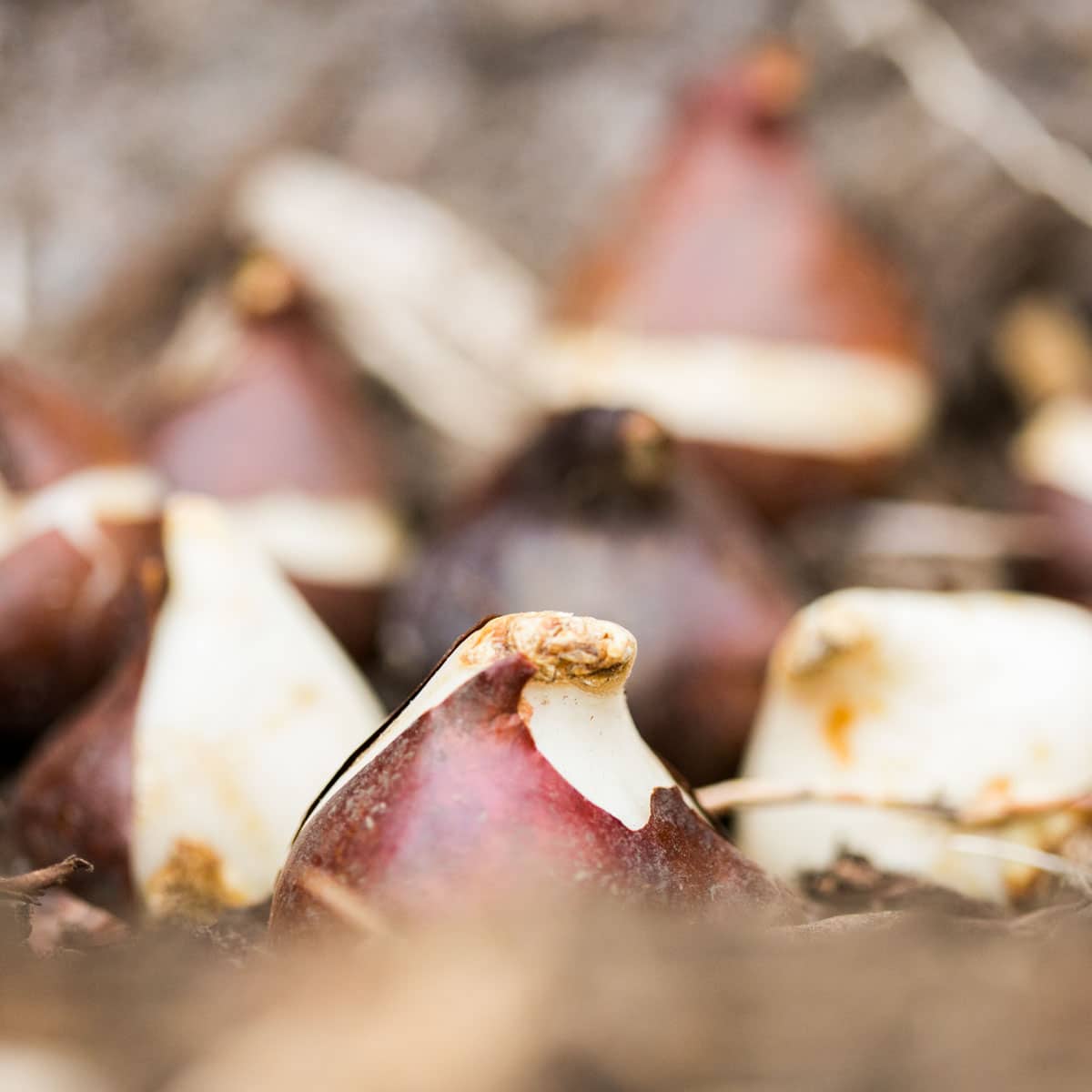How To Deadhead Zinnias For More Flowers: Easy Guide!
Zinnia plants boast beautiful bold flowers that attract bees and butterflies. And these easy to grow, colorful blooms make excellent cut flowers. Did you know that removing the spent zinnia blooms will give you gorgeous flowers all summer long? It’s true! But you need to deadhead zinnias correctly in order to see new growth and new flowers!

Learn how to deadhead zinnias in this step by step, easy guide!
Benefits Of Deadheading (Pinching) Zinnias
Deadheading, (also called pinching), zinnias will result in a fuller, bushier plant with more blooms. After the spent bloom is removed, the plant will branch out and create more flowers.
This can done the entire blooming season, so you are never without beautiful zinnias to enjoy!
Deadheading zinnias also keeps the plant healthy and attractive looking, and can hep prevent disease.

This post contains affiliate links. If you click through and make a purchase, I earn a small commission at no extra cost to you!
Tools You Will Need
Supply List:
Small Pruners Or Garden Clippers
Gardening gloves (if desired)
The only tool you will need for deadheading zinnia blooms is a pair of small, clean garden clippers or sharp shears. I usually use Fiskars shears or a pair of clean scissors.
If desired, wear a pair of garden gloves as desired.
You can also use a clean pair of scissor and just snip the bloom off! My daughter (age 9) has deadheaded zinnias for years using a sharp pair of scissors. It really is that easy… even your kids can remove spent zinnia flowers!

How + Where To Deadhead Zinnia Elegans (Step-By-Step Guide)
A healthy zinnia plant will often have many flowers! Removing the dead flower heads will stimulate new lateral growth, or side shoots, which will grow new flower blooms. This means more pretty flowers for you!
Here’s how to deadhead them:
1. Identify Spent Zinnia Flowers
A spent flower will have a very specific look. The flowers will look faded, brown and a bit tattered. They lose their vibrancy and often create larger florets in the center of the flower.
The flower will look crisp and dried out, and the longer it sits, the more brown and crispy it will look. (Eventually the zinnia flower will produce zinnia seeds!).
It’s a good idea to keep an eye out for spent zinnia flowers when watering in the mornings. They can quickly be snipped off as needed.

2. Pinch, Cut or Trim Flowers
Identify the first set of healthy leaves beneath the spent flower head. Cut, pinch or trim off the flower right above this section of leaves. Use your shears to make a diagonal cut.
This will stimulate the plant to send out lateral growth and create new stems.
If the set of leaves does not look healthy, move to the next set of lower leaves beneath the flower head and make the cut there. Always look for a healthy, clean set of leaves to make your cut.

To prevent the spread of plant disease, make sure to use a clean, sterilized cutting device. To clean your garden shears or scissors, simply dip them in isopropyl alcohol and then wipe dry.
More beautiful blooms are on their way, but the work is not done….
3. Regularly Check For More Spent Flowers
The zinnia deadheading process continues throughout the growing season. Check to see if you need to deadhead zinnia flowers each time you water the garden beds.
Zinnias can have a very long season, especially if they are planted in late spring.

Prune faded flowers as soon as you notice them, and your plants will continue to produce beautiful zinnia flowers all season long! I have found the best time to do a little deadheading is in the morning, when watering plants.
Keep in mind that zinnias are robust, sturdy plants that can survive any pruning errors you might make. Do your best and learn as you go (or grow!).
Get the best beginner flower gardening tips here!
Saving Zinnia Seeds
When removing zinnias, let some of them dry out longer so you can harvest the seeds for next year.
Keep an eye on the zinnia flower head as it works on seed development. The flower will become completely dried out and crispy. You can then harvest the zinnia seed, saving money on seed packets next year.
Zinnias are one of the easiest annuals to grow…get more ideas for low maintenance flowers here!
When To Deadhead Zinnias
Deadheading zinnias begins early in the gardening season, as early as June!
Spent zinnias can be deadheaded throughout the entire growing season, from early summer until late summer / mid fall. The more you deadhead these colorful flowers, the more they will bloom!
When a spent zinnia flower starts to look faded and tattered, it is time to deadhead it. If the flower is not deadheaded it will put it’s energy into creating seeds instead of creating new blooms.
See the picture below for an up close photo of zinnia flowers that are ready to be removed:

Did you know? Zinnias come in a bold rainbow of colors and are extremely easy to grow. They attract pollinators and are often planted near the vegetable garden. If you let zinnia flower heads complete their life cycle at the end of the season, they will produce seeds. This seeds can be planted the following year.
Using Cut Zinnias In Vases
Zinnias make a gorgeous and long lasting vase flower and are a great addition to a cutting garden.
Old, faded flowers are not the ones you want to feature in indoor vases, however! Instead, harvest zinnias for flower arrangements right after the flowers open. This will increase the vase life.
A perfect cutting flower, zinnias have a vase life of 5-7 days. Set the vase of zinnia flowers in the refrigerator over night to extend the vase life even more!
How To Care For Zinnias (Growing Tips)
Zinnias are one of the easiest flowers to grow. Other than deadheading they have minimal care requirements.
They thrive in containers and can also be grown in the ground! These annual flowers are often grown around vegetable gardens because they attract bees + butterflies. Here are a few additional tips on growing these beautiful flowers!
Sunlight
Zinnias thrive in full sun and need at least 6 hours of direct sunlight per day in order to thrive. Preferably, give them 8 hours or more!
Always choose a sunny spot for your zinnias. Too much shade will result in fewer blooms!
Spacing + Air Circulation For Zinnias
Zinnias need to be spaced several inches apart at full growth in order to thrive. Proper spacing encourages good air circulation which helps prevent fungal diseases like powdery mildew from forming.
Zinnias are a great option for small spaces. They come in many varieties and you can even grow dwarf zinnia varieties, which are compact and a better option for pots + containers than taller zinnias.
Soil Conditions
Zinnias need fertile, well draining soil in order to thrive. Amend the flower beds with rich organic matter in early spring. This will give your zinnia plants good drainage and the nutrients they need!
Zinnia seeds can rot in heavy clay soil that doesn’t drain well. Be sure to amend clay soil with organic matter- or replace it altogether with a quality soil made especially for the garden beds.
Water
Zinnias thrive in moist, well draining soil and need to be watered regularly, about twice a week in moderate weather. Make sure to water your flowers at the base of the plant and give them a good long soak. Don’t over water, however… allow the soil to dry out between watering sessions. During hot weather water them daily.
Make sure you to give zinnias a well-drained soil. Clay soil will water log the roots of the plant, causing them to rot.
Zinnias are a great flower for beginner gardeners….get even more flower gardening tips for beginner’s here!

FAQ’s
Yes, it is best practice to deadhead zinnias. Removing spent blooms on these annual plants will stimulate more flowers to grow! Deadheading also keeps the plant clean, compact and full of beautiful blooms. Remove dead flowers as soon as you see them for best results.
For shorter zinnia varieties, simply follow the flower stem down to the next set of healthy leaves and remove the dead flower there. Taller varieties of zinnias can be deadheaded further down on their long stems. This will encourage branching and keep your zinnia plants compact.
A zinnia flower can last for several weeks on healthy plants! These amazing flowers have a long bloom time and are available in a wide range of colors. Make sure to give your zinnia plants the right amount of sunlight, water and healthy soil to ensure a long bloom time.
Final Thoughts
Zinnia flowers feature bright colors on sturdy stems and are vibrant bloomers in the summer garden. These long-lasting flowers can be deadheaded throughout the season in order to encourage new growth and more flowers! Zinnias are a popular choice for new gardeners and are one of our personal favorite flowers to grow.
To deadhead old flowers, simply follow the stem down to the first sets of leaves and make a diagonal cut. You can also allow some of the flowers to go to seed, allowing you to grow new young plants from the parent plant!
Bold and beautiful, zinnias are a great choice for any flower garden. We hope your summer is full of beautiful blooms and strong stems!
Other container plants you should consider:






